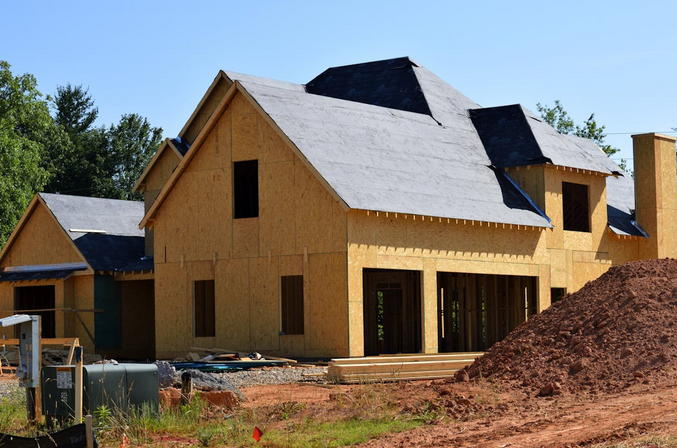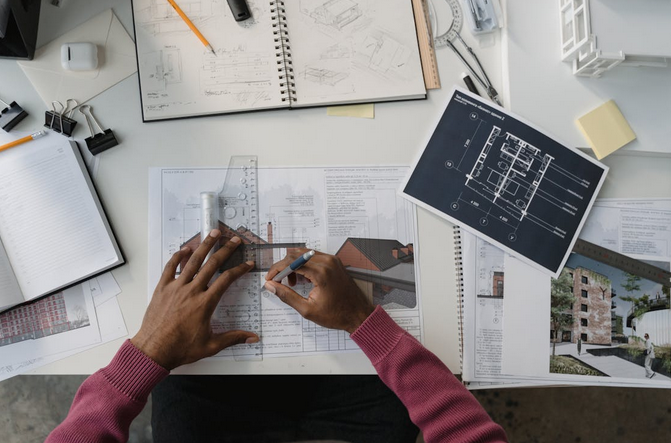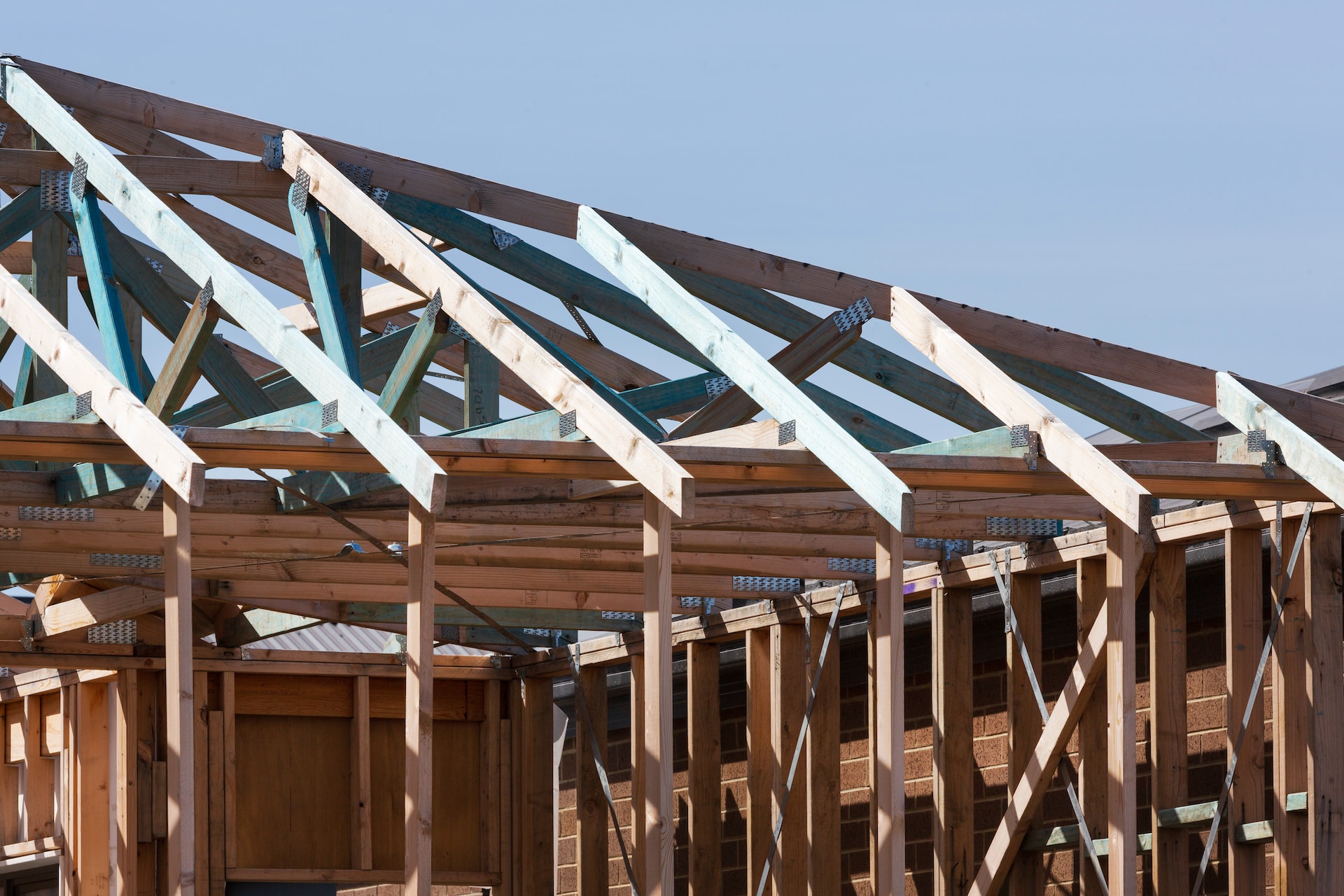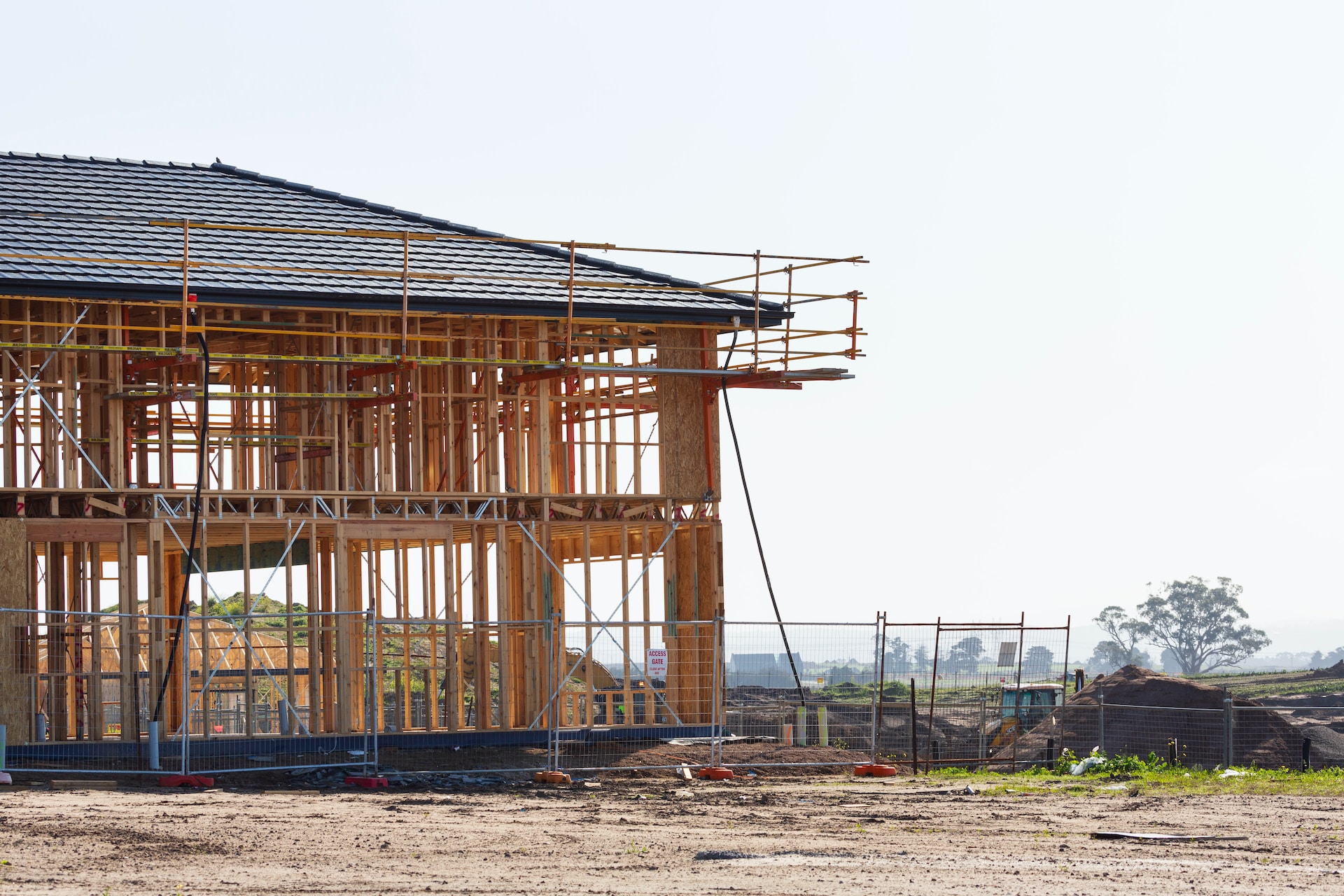
Innovative technologies are revolutionizing the construction industry in response to global challenges like urbanization, housing affordability, and environmental impact. Among these advancements, 3D printed homes, as highlighted in the discussion on www.wuppertaler-rundschau.de, have emerged as a front-runner in sustainable housing solutions. Utilizing additive manufacturing techniques, these homes offer a compelling blend of efficiency, cost-effectiveness, and environmental stewardship. This article explores four pivotal reasons why 3D-printed homes are poised to lead the way in defining the future of sustainable living.
Reduced Construction Waste

Traditional construction methods, including leftover materials, packaging, and demolition debris, generate significant waste. In contrast, 3D printing minimizes waste by using only the necessary amount of construction material, layer by layer. This efficiency reduces environmental impact and lowers costs associated with waste disposal and transportation.
Energy Efficiency
3D-printed homes are designed with energy efficiency in mind. The construction process allows for precision in creating insulated walls and structures that minimize heat loss or gain, lessening the need for heating and cooling. Additionally, the use of sustainable materials and the ability to incorporate passive design principles further enhance energy efficiency, lowering carbon footprints over the lifetime of the home.
Affordability and Accessibility
One of the most significant advantages of 3D-printed homes is their potential to provide affordable housing solutions. 3D printing can significantly lower the overall cost of building homes by streamlining the construction process and reducing labor costs. This affordability makes sustainable housing more accessible to a wider range of people, including those in underserved communities or regions prone to housing shortages.
Design Flexibility and Customization

3D printing technology allows for unparalleled design flexibility and customization. Architects and designers can create intricate, organic shapes and structures that can be challenging or impossible to achieve with traditional methods. This freedom in design enhances aesthetic possibilities and supports innovative architectural solutions that integrate seamlessly with natural landscapes or urban environments.
Rapid Construction Speed
Another significant advantage of 3D printed homes is their rapid construction speed compared to conventional building methods. The automated nature of 3D printing allows for quicker assembly of structural components, significantly reducing construction timelines. This accelerated building process not only saves time but also minimizes disruptions to surrounding communities and reduces the overall environmental impact associated with extended construction periods.
In conclusion, 3D-printed homes represent a promising future for sustainable living by addressing critical challenges in construction, affordability, energy efficiency, and design flexibility. As technology advances and adoption grows, these homes have the potential to transform the housing industry, offering environmentally sound solutions without compromising on quality or comfort.…

Used in many modern homes, mass timber is definitely a popular construction material. You can learn more about it at www.heimwerker.de. From towering multi-story buildings to cozy residential homes, mass timber is redefining what is possible in architectural design. But what exactly is mass timber? Well, it’s not your typical lumber.We’re talking about large solid wood panels that are engineered for strength and durability. These panels are made from multiple layers of wood stacked together, creating a sturdy and sustainable alternative to traditional building materials. Now, let’s talk about its best uses in modern construction and architecture.
Multi-Story Buildings
 Its strength and structural integrity make it an ideal choice for constructing tall structures that are not only pleasing to the eye but also environmentally friendly on many levels. One of the key advantages of mass timber in multi-story buildings is its impressive fire resistance. Contrary to popular belief, wood can actually perform better than steel or concrete in fire situations due to its charring effect. This means that in the event of a fire, the outer layer of wood will charge and protect the inner layers from further damage. In addition to its safety features, mass timber offers incredible design flexibility.
Its strength and structural integrity make it an ideal choice for constructing tall structures that are not only pleasing to the eye but also environmentally friendly on many levels. One of the key advantages of mass timber in multi-story buildings is its impressive fire resistance. Contrary to popular belief, wood can actually perform better than steel or concrete in fire situations due to its charring effect. This means that in the event of a fire, the outer layer of wood will charge and protect the inner layers from further damage. In addition to its safety features, mass timber offers incredible design flexibility.
Commercial Spaces
Commercial spaces are also a prime example of its versatility and functionality. From office buildings to retail establishments, mass timber can be seamlessly integrated into the design, creating visually stunning and sustainable structures. This is due to its ability to create an inviting atmosphere. The warm tones and natural textures of wood can definitely enhance the aesthetic appeal of a space, making it more welcoming for employees and customers alike. In addition to its visual appeal, mass timber also offers excellent acoustic properties. This is especially beneficial in commercial environments where noise reduction is essential for productivity or customer experience. With proper design considerations, mass timber can help minimize sound transmission between floors or rooms.
Renovation and Expansion
Renovation and expansion projects offer an exciting opportunity to breathe new life into existing structures. With the use of mass timber, these projects can take on a whole new level of design innovation and sustainability. One of the key advantages of using mass timber in renovation and expansion is its lightweight yet strong nature. In addition, mass timber offers flexibility in architectural design. It can be used to create unique spaces with open floor plans, high ceilings, and exposed wood finishes that add warmth and character to any building. Another benefit is the environmental aspect. Mass timber is a renewable resource that has an even lower carbon footprint compared to traditional construction materials like concrete or steel.

Residential Construction
Residential construction has undergone a remarkable transformation in recent years, with architects and builders increasingly turning to mass timber as a sustainable and aesthetically pleasing alternative. This versatile material offers numerous advantages for residential projects, making it an excellent choice for homeowners seeking innovative and eco-friendly solutions. One of the key benefits of using mass timber in residential construction is its strength and durability. Engineered wood products like cross-laminated timber (CLT) are incredibly sturdy and capable of supporting multi-story structures with ease. In addition to its structural qualities, mass timber also boasts impressive thermal performance. The natural insulation properties of wood help regulate interior temperatures, reducing the reliance on heating or cooling systems and lowering energy consumption.
Mass timber has revolutionized modern architecture and construction, offering a sustainable and versatile alternative to traditional building materials. Its sustainability credentials, combined with its aesthetic appeal, make it an attractive choice for designers, builders, and occupants alike.…





 Its strength and structural integrity make it an ideal choice for constructing tall structures that are not only pleasing to the eye but also environmentally friendly on many levels. One of the key advantages of mass timber in multi-story buildings is its impressive fire resistance. Contrary to popular belief, wood can actually perform better than steel or concrete in fire situations due to its charring effect. This means that in the event of a fire, the outer layer of wood will charge and protect the inner layers from further damage. In addition to its safety features, mass timber offers incredible design flexibility.
Its strength and structural integrity make it an ideal choice for constructing tall structures that are not only pleasing to the eye but also environmentally friendly on many levels. One of the key advantages of mass timber in multi-story buildings is its impressive fire resistance. Contrary to popular belief, wood can actually perform better than steel or concrete in fire situations due to its charring effect. This means that in the event of a fire, the outer layer of wood will charge and protect the inner layers from further damage. In addition to its safety features, mass timber offers incredible design flexibility.